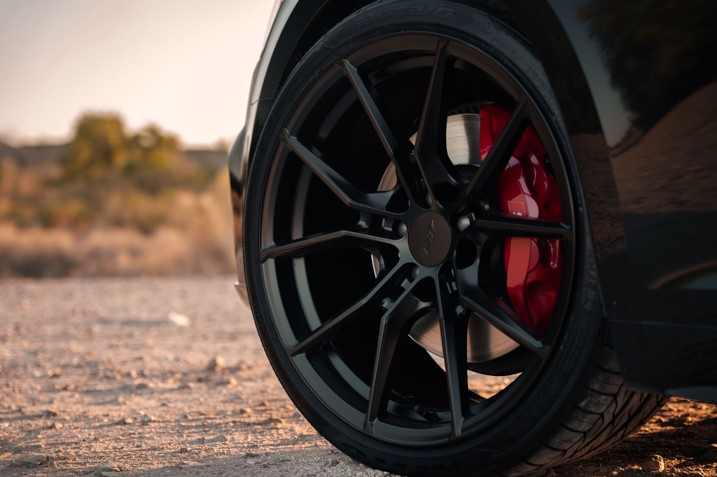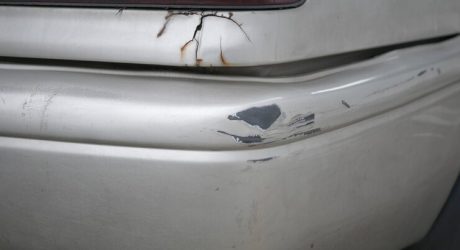Car clutches are the vehicle components that form the physical link between the engine and transmission. Their role is to transfer the power the engine generates through the gearing in the transmission and down to the wheels. There are different types in different cars, and some do an adequate job and last the vehicle’s lifetime, while others perform poorly and often fail early on.
Main Clutch Components And How They Work?
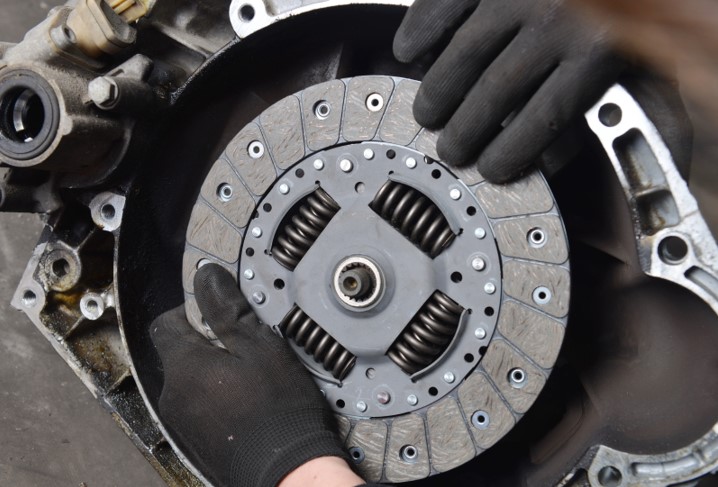
Most car clutches have three main parts: the pressure plate, the friction plate, and the release bearing. The pressure plate connects to the flywheel, or the engine component bolted via a flange to the crankshaft and spins at engine speeds. In between the two is the friction plate. The release bearing or fork is the stationary part connected to the transmission and tasked to release pressure and disengage the clutch.
When it’s disengaged, the friction plate presses against the flywheel by a diaphragm spring. It allows the engine to transfer power through the friction plate and onto the transmission input shaft splined into the middle of the friction plate, in effect turning the wheels.
When the driver presses the pedal, the release bearing and fork press against the pressure plate diaphragm. It releases pressure off the plate and allows it to spin independently of the flywheel. Power to the gearing and wheels is cut, and the driver can move up or down gears or engage the brakes to come to a stop.
The car clutches move the release bearing against the pressure plate diaphragm. The process makes power transfer efficient and smooth.
By comparison, in older vehicles that rely on cables to operate the clutch parts, operating the pedal, especially in cars with engines pushing more power, can be strenuous.
Read Also: How To Use Power Waxer? – Wax Your Car With Power Waxer
The Different Types To Choose From
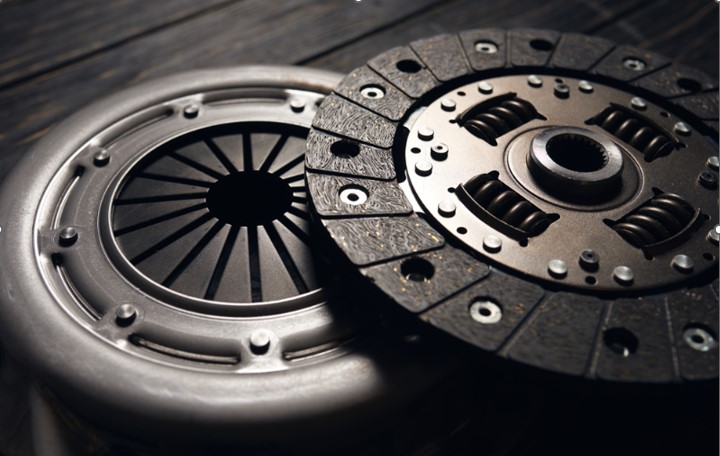
Not all vehicles are the same. And the same goes for clutches for cars. Different usage, for instance, daily relaxed driving or pushing hard around a race track, will require a different type optimized for the task. You want efficient power transfer from the engine to the transmission without advanced wear or premature failure.
These car components can be divided into several categories depending on the following factors:
- the number of friction discs or plates
- the type of friction
- the type of actuation
The first category further divides into single-disc and multi-disc models. Single-disc (also called single-plate) models consist of one disc between the engine flywheel and pressure plate. These are the most common type in mass-produced passenger cars and moderately powered vehicles.
Multi-plate models consist of several frictional plates stacked together, and this is the setup you’d discover in cars (and bikes) with higher torque figures. The stacked design does a better job in power transfer and also prevents damage in individual parts.
These car components can also be wet or dry in terms of friction. Wet models are again found in high-powered vehicles and use oil to lubricate and cool the components. The majority fall in the multi-plate clutch type. Dry ones, on the other hand, do without oil and are often of the single-disc type.
Other types gaining use are DCTs or Dual models consisting of small car clutches for even gears and a large assembly for the odd gears. The benefit here is that at a single time, one clutch is always engaged, and this allows for more efficient power transfer and faster, crisper shifting.
I’ve touched on the actuation above. It divides these car parts into hydraulic, and what you’d see in most newer vehicles today, and mechanical or cable-operated models found in older cars.
Which Materials Are Used In These Components?
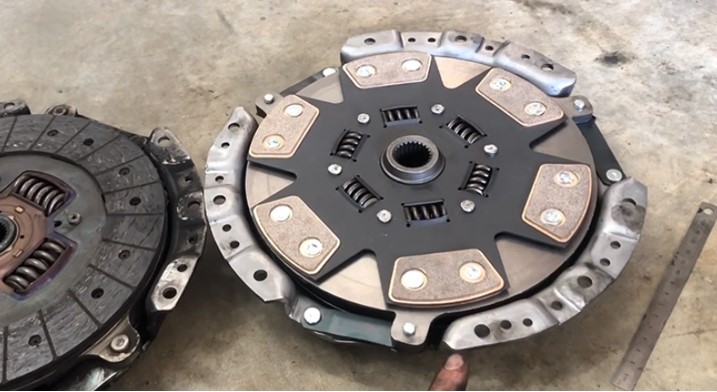
The pressure plates usually have a sprung-metal design. But you will find multiple variations in the variance plates. It determines how the clutch engages with the flywheel and how long it lasts. Most friction plates are constructed of organic materials, and these allow for a smooth and quiet power transfer. Additionally, they put less mechanical stress on the flywheel.
For more durability and better-clamping force in higher-powered engines, look to composite carbon and Kevlar friction plates. These are often paired with an uprated pressure plate to better dissipate heat, so they will also last longer in more spirited driving.
Lastly, ceramic friction plates have the best clamping power. This is what you’d see in racing applications. The downside is the hard pedal feel and more wear on the flywheel. When looking for replacement or upgraded car clutches, consider the vehicle, where and how it will be driven, and how long you want the part to last. Choosing the right materials in this respect will give you the best results.
Common Issues
While most components and the assembly as a whole should give you years of reliable use, some parts can wear out prematurely. Largely impacting this is how you drive. Failure can be different from vehicle to vehicle, and issues can come on suddenly or build up gradually. The following are some of the more common problems:
Failure To Disengage
This is also known as car clutches creep, with the car still transferring engine power even with the pedal pressed. This can be due to issues with the master or slave cylinders in hydraulic systems, leaking hydraulic fluid, faulty release bearings, broken, damaged, or stretched cables in cable systems as well as a contaminated friction plate.
Failure To Engage
This is called clutch slip, largely due to worn-out friction or pressure plates and the inability of these two parts to work together, brought on by a loss of friction. Clutches that completely fail to engage can be signs of seized slave cylinders, stuck release bearings, a failed pressure plate diaphragm, or a friction plate that is too worn. Slipping under load can mean issues with the flywheel, worn or weak springs in the diaphragm, leaking seals, or an overheated and warped pressure plate, among other causes.
Accompanying and less frequent concerns are noises and vibrations when the clutch is being engaged, primarily due to a contaminated disc; squealing and rumbling noises (worn release bearings or pressure plates), rattling and clicking noises (loose release forks, worn splines), more effort to engage the pedal (problems with linkages, lubrication, and cables) and low or soft pedal feel due to problems with the return springs in the diaphragm and stuck release bearings.
Bottomline: Can You Upgrade Your Clutch?
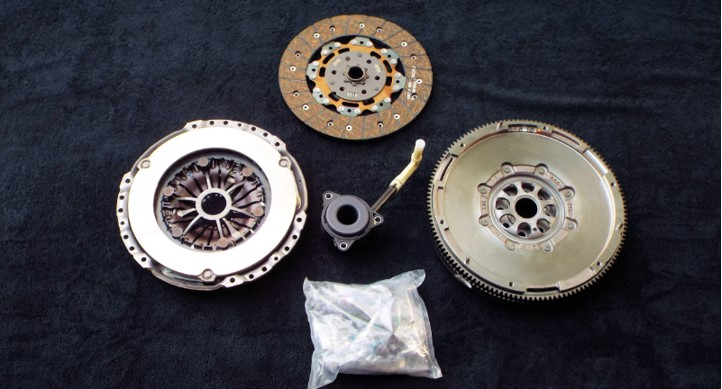
Worn car clutches are precursors to hindered performance and, in advanced cases, can become a safety concern. You’ll feel this with the gradual or sudden loss of power, the inability to shift gears, and the car eventually stalling. You can replace individual parts that are past their use date or go with a complete clutch and flywheel replacement.
When looking to replace clutches in cars, torque figures are what to go by. This is essential to get smooth and efficient power delivery in both stock cars and those that have been modified with power additions. This can include things like turbo upgrades, ECU remaps, and engine rebuilds with stiffer and stronger internals.
Going with a performance model will better hold onto power and endure less wear in the process. Alternatively, if you decide to do the engine performance upgrades, but leave out the clutch, then expect different components to fail soon than later. Besides flywheels, consider upgrading the release bearings and flywheel bolts.
Packaged deals with lighter and stronger flywheels, uprated release bearings, tougher pressure plates, and a friction plate optioned in carbon or ceramics will provide enough clamping force and quick clutch engagement in a car that puts out a lot of torque.
Read Also:

















